The Color Blue in Nature
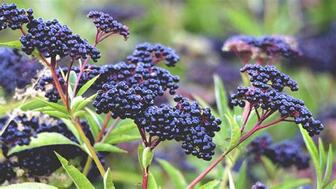 Elderberries
Elderberries 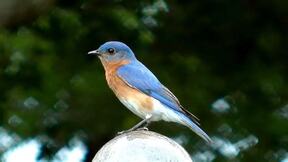 Eastern Bluebird
Eastern Bluebird 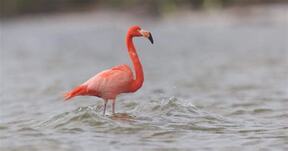
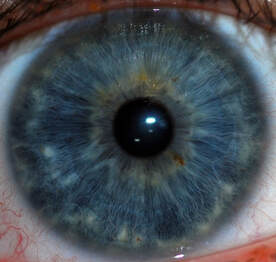 Blue eye strructure
Blue eye strructure 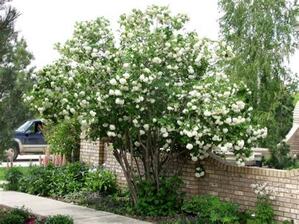 Viburnum Bush
Viburnum Bush The appearance of the color blue is due to the microscopic structure and a concept called interference of light, when two rays of light collide. In the case of the color blue, the two light rays allow us to see the blue color. In the case of viburnum fruit, it is from the stacking of thin layers of fat molecules. It is believed that this shiny blue color is an evolutionary adaptation to attract birds to eat them and thus aid in the spread of the viburnum’s seeds.
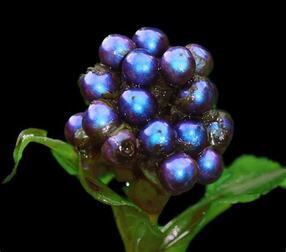 African Pollia
African Pollia So if they are inedible you may ask, why are they so brightly colored? As it turns out, it is a different evolutionary strategy. They are attractive as baubles to various animals that will decorate their nests or breeding patches to attract mates, thereby spreading the seeds.
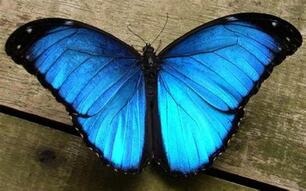 Blue butterfly
Blue butterfly The lack of blue as a pigment is also seen in the plant world. Plants use a red pigment called anthocyanin for their blue color. Plants mix anthocyanin with other pigments to produce the color blue. Evolution was not able to develop a process for blue pigments for every organism, but was nevertheless able to produce a blue effect.
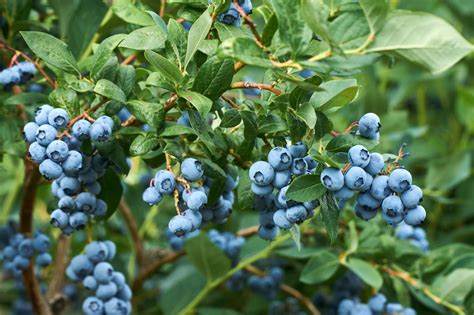
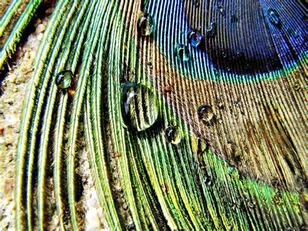
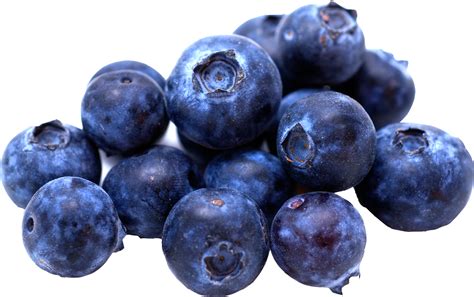
 RSS Feed
RSS Feed